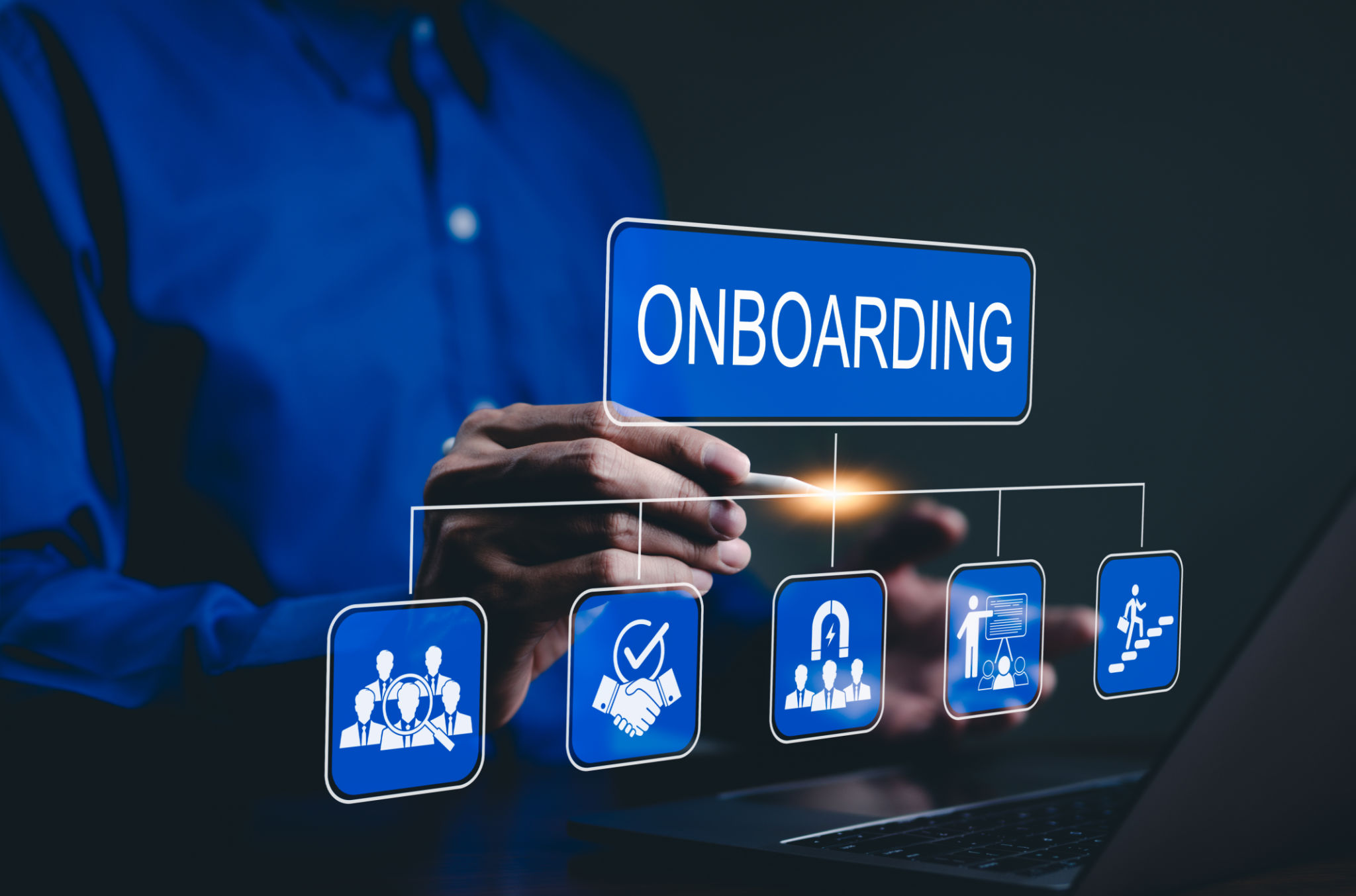Onboarding & Offboarding: Streamlining Employee IT Transitions
MD
Understanding the Importance of IT Transitions
In today's fast-paced business environment, managing employee transitions efficiently is crucial. The processes of onboarding and offboarding are not just HR responsibilities but are deeply intertwined with IT operations. Ensuring seamless IT transitions can significantly enhance productivity and security within an organization.

The Challenges of Onboarding
Onboarding new employees involves more than just welcoming them to the team. It's about equipping them with the necessary tools and access to perform their roles effectively. This means setting up email accounts, providing access to software applications, and ensuring they have the necessary hardware.
One of the primary challenges is coordinating between various departments to ensure everything is ready for the new hire's first day. Additionally, maintaining a consistent and organized process can be difficult, especially in larger organizations where multiple new employees may be joining simultaneously.
Streamlining Onboarding Procedures
To streamline the onboarding process, businesses can implement several strategies:
- Develop a standardized checklist for IT requirements.
- Automate account creation and software provisioning using IT management tools.
- Schedule regular reviews to update onboarding processes based on feedback.

The Complexity of Offboarding
Offboarding, while often overlooked, is equally crucial as onboarding. It involves revoking access to company systems and ensuring that all company assets are returned. This process safeguards against potential data breaches and unauthorized access after an employee's departure.
Efficient Offboarding Practices
Effective offboarding requires coordination between the IT department, HR, and the departing employee's direct supervisor. Key practices include:
- Immediate deactivation of accounts and access permissions.
- Conducting exit interviews to gather insights and ensure all company assets are returned.
- Reviewing and updating documentation related to the employee's role for future hires.

Leveraging Technology for Smooth Transitions
Technology plays a pivotal role in simplifying both onboarding and offboarding. Automated systems can handle repetitive tasks such as account creation and deactivation, reducing the risk of human error. Additionally, using cloud-based platforms ensures that employees can access necessary resources from anywhere, facilitating remote or hybrid work arrangements.
The Role of Employee Training
Training is another critical component of successful IT transitions. New hires should receive comprehensive training on using company systems and understanding IT policies. Similarly, exit procedures should include educating departing employees about their responsibilities concerning data security and confidentiality.
The Future of IT in Employee Transitions
As businesses continue to evolve, the importance of efficient IT transitions will only grow. Investing in robust systems and processes today will ensure organizations can adapt quickly to changing needs, enhancing overall operational efficiency and safeguarding sensitive information.
Ultimately, by prioritizing streamlined IT transitions during onboarding and offboarding, companies can foster a more productive and secure work environment for everyone involved.